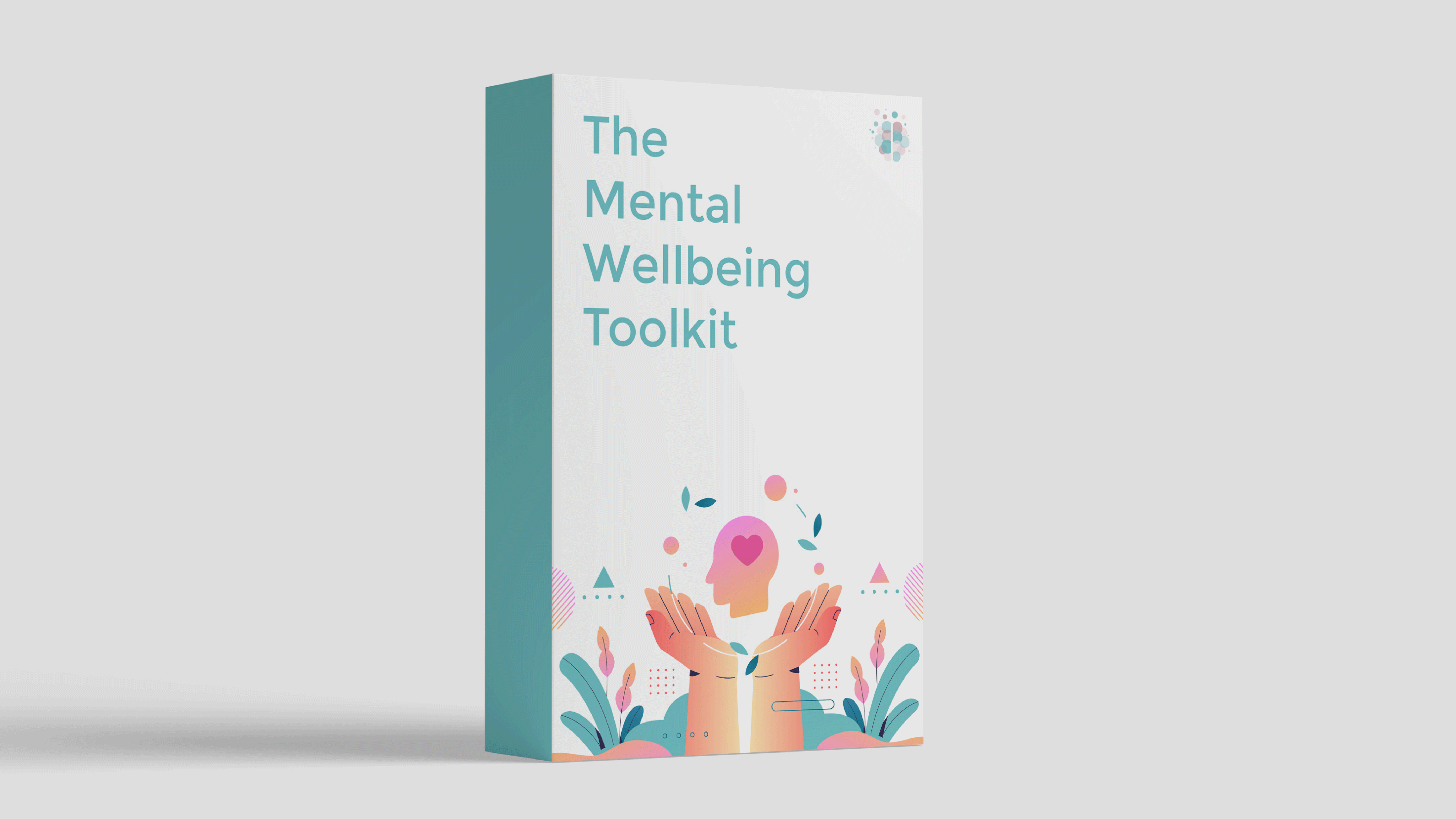Emotional neglect is a subtle, yet devastating form of child maltreatment, one that frequently eludes detection.
An environment laden with emotional neglect shapes the landscape of a child's internal world in a distressing manner. The child's self-concept – their understanding of who they are and their value – becomes critically distorted.
Understanding Emotional Neglect
Imagine being a child again. Now imagine trying to navigate through the world with the complex spectrum of emotions that come with it, all while feeling profoundly alone.
This is the sad reality for a child experiencing what is defined as emotional neglect. They will carry with them a dark shadow cast by the very individuals meant to be their beacon of light – their caregivers.
Using the same example, picture this child now being in distress, their emotions swirling within them. They reach out, seeking comfort, but there's no one there to guide them. Instead, they’re left alone to weather the emotional chaos, just as a ship without a compass would on a turbulent sea.
Now, envision the most vulnerable moments in your life as a child that you needed support with, but the only response you encountered is a vast, silent void. Would you feel overlooked, misunderstood, and isolated? This example nurtures the seeds of loneliness and rejection in the young heart of a child.
Imagine the scenario where the child seeks connection, only to be met with a cold rejection. This lack of engagement turns their vibrant world of emotions into an alien landscape, leading to confusion and insecurity.
This child whose emotional environment is insecure, one in which they're constantly on edge and never feeling safe enough to express their emotions openly. They’re now experiencing constant unease. This becomes a pervasive backdrop for their everyday life.
The story painted here is a crucial call to recognise and define emotional neglect. The emotional development of a child depend on the support and validation they receive from their caregivers.
This isn't just important. It's pivotal. Every child deserves to feel heard, seen, and emotionally secure.
Origins of Emotional Neglect
Reflect for a moment on a caregiver who, as a child themselves, experienced emotional neglect. Now in the role of a caregiver, they unintentionally echo the same pattern of neglect with their own charges, perpetuating a cyclical dance of disregard that spans generations.
Similarly, let's consider caregivers grappling with their own mental health issues or entangled in the snare of substance abuse. These struggles cast long shadows that add intricate layers of complexity to their caregiving environment, further fuelling the potential for emotional neglect.
Then, there are the external demons – persistent stressors that gnaw incessantly at the caregiver's resilience or the harsh realities of poverty that demand so much attention, leaving little room for emotional nurturing.
These, too, shape the environment for emotional neglect. Together, these factors weave a complex web that encapsulates the many faces of emotional neglect.
Understanding these origins is a vital step in breaking the cycle and creating a more emotionally nurturing environment for our children.
Long-Term Consequences of Emotional Neglect
The long-term psychological effects of childhood emotional neglect are profound and varied.
These may include reduced self-esteem, being emotionally unavailable, and in some instances, suicidal ideation. Consequences can also manifest in an unhealthy relationship with food and substance abuse.
The effects of emotional neglect often extend to interpersonal and professional realms, leading to challenges in forming and maintaining relationships, as well as difficulties in academic or work settings. Recognising and addressing these issues as early as possible supports healing and healthy emotional development.
The Influence of Emotional Neglect on Attachment Styles
Emotional neglect impacts a person's attachment style, which is the way they relate to others.
People who were emotionally neglected as children are more likely to develop insecure attachment styles, such as anxious attachment, avoidant attachment, or fearful avoidant attachment.
Consider Lucy, who experienced emotional neglect throughout her childhood. As she grows, Lucy often finds herself anxiously clinging to relationships. She constantly seeks reassurance and validation, afraid that those she cares about will leave her. Despite being in a loving relationship, she often imagines her partner is on the brink of abandoning her, causing her frequent emotional distress. This illustrates an anxious attachment style, which can stem from emotional neglect.
On the other hand, consider Tom. Just like Lucy, Tom was emotionally neglected during his formative years. However, his response to this neglect manifests differently. Tom often appears detached in his relationships, seeming indifferent to the idea of close emotional connections. Even when he's dating someone, he keeps an emotional distance, preferring his independence over intimacy. This pattern reflects an avoidant attachment style, another possible outcome of childhood emotional neglect.
Both Lucy's anxious attachment and Tom's avoidant attachment patterns are examples of insecure attachment styles. They demonstrate how emotional neglect in childhood can significantly impact the way individuals form and manage relationships in adulthood.
Emotional Neglect Coping Mechanisms
People who were emotionally neglected as children may develop unhealthy coping mechanisms to deal with the distress they experienced.
These coping mechanisms can include:
- Perfectionism. Striving for perfection can be a way for those who were emotionally neglected to seek validation they didn't receive in their formative years. The constant need to be perfect could be a response to feelings of inadequacy or a fear of rejection.
- People pleasing. Those who were emotionally neglected may develop a strong desire to please others, often at the expense of their own needs and desires. People pleasing behaviours can happen consciously or subconsiously. It stems from a deep-seated need for approval, as they may have learned that their worth is tied to how well they can meet the expectations of others.
- Workaholism. Throwing oneself into work can be a form of escape from unresolved emotional distress.
- Love addiction. Also understood as codependency, love addiction is a pattern of seeking excessive approval, validation, and love from others. Emotional neglect can create an emotional void or emptiness within an individual. In search of filling this void, they may seek intense relationships or romantic partners who they hope will provide the emotional support and validation they lacked in childhood.
- Sex addiction. Those who have experienced childhood emotional neglect might struggle with forming healthy, intimate relationships. As a result, they might seek physical intimacy in an attempt to suppress their unmet emotional needs, leading to potential sex addiction.
These coping mechanisms are often unconsciously adopted as ways to manage the distress stemming from childhood emotional neglect. However, it's important to recognise that they are maladaptive, meaning they do more harm than good in the long run.
Breaking the Cycle of Emotional Neglect
Self-help and therapy can help people develop healthier coping strategies and work towards healing.
Here are some trauma-informed self-help tools that you might find helpful:
- The Mental Wellbeing Toolkit
- The 30 Day Mental Health Challenge
- Understanding and Healing Trauma eBook
Try to cultivate self-compassion towards yourself. Bestowing kindness and understanding upon yourself fosters healing, soothing the lingering sting of emotional neglect.
Equally crucial is the development of emotional literacy. Imagine acquiring a new language, a tongue that empowers you to identify, articulate, and express your emotions in a healthy manner.
Above all, remember that it is posisble to heal from emotional neglect. It's a journey, a step-by-step, day-by-day transformation.
Each stride you take is a leap towards a healthier, emotionally richer version of yourself.
Summary
Embracing self-help, therapy, cultivating self-compassion, and enhancing emotional literacy are essential strategies leading to healthier emotional landscapes.
They help transform wounds into wisdom, pain into power, and past neglect into future nurturing.
Remember, each journey begins with a single step. And every step you take, no matter how small, is a testament to your strength and a stride towards your emotional wellbeing.
The process might seem daunting at first, but rest assured, there's a world of resources, professionals, and communities ready to lend their support.
Trauma-Informed Self-Guided Support for Mental Health
Research shows that self-help materials are often enough for people to overcome mild to moderate mental health difficulties without professional support.
If you’re interested in a trauma-informed self-guided program, be sure to check out The Mental Wellbeing Toolkit and The 30 Day Mental Health Program.

About Megan
Megan Corrieri is a nationally certified LPCC with 15+ years of counseling experience.She has expertise in treating various mental health issues such as anxiety, depression, sexual addiction, and offender rehabilitation, for both individuals and couples.
Megan owns and operates NorthStar Counseling and Therapy, a private practice located in Frisco.




